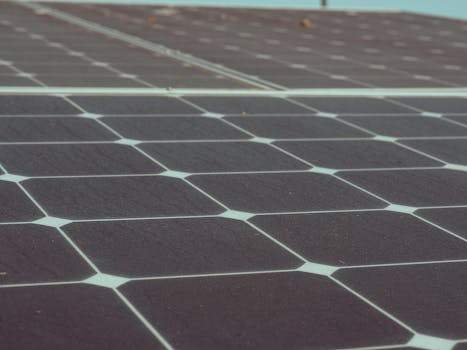
Sustainable Living: Emerging Trends for 2025
Sustainable living is becoming increasingly important as we face the challenges of climate change, environmental degradation, and social inequality. As we move into 2025, there are several emerging trends that are expected to shape the sustainable living landscape. Sustainable living is no longer just a niche interest, but a necessity for individuals, businesses, and governments around the world.
Section 1: Introduction to Sustainable Living
Sustainable living refers to the practice of reducing our ecological footprint by making conscious choices in our daily lives. This can include simple actions such as using public transport, recycling, and using eco-friendly products. However, sustainable living is not just about individual actions, but also about systemic changes that can be made at the community, national, and global levels.
One of the key drivers of sustainable living is the need to reduce greenhouse gas emissions and mitigate the impacts of climate change. This can be achieved through the use of renewable energy sources, such as solar and wind power, and by increasing energy efficiency in buildings and industry.
Section 2: Emerging Trends in Sustainable Living
So, what are the emerging trends in sustainable living for 2025? Some of the key trends include:
- The growth of the circular economy, which involves designing products and systems that are restorative and regenerative by design.
- The increasing use of sustainable materials, such as bamboo, hemp, and recycled plastics.
- The development of new technologies, such as carbon capture and storage, and advanced renewable energy systems.
- The growth of sustainable agriculture, including organic farming, permaculture, and regenerative agriculture.
- The increasing importance of sustainable transportation, including electric and hybrid vehicles, and non-motorized transport, such as cycling and walking.
These trends are expected to have a significant impact on the way we live, work, and interact with the environment. They will require changes in individual behavior, as well as systemic changes in the way that businesses and governments operate.
Section 3: The Benefits of Sustainable Living
So, why is sustainable living so important? The benefits of sustainable living are numerous, and include:
- The reduction of greenhouse gas emissions and the mitigation of climate change.
- The protection of natural resources, including water, soil, and biodiversity.
- The improvement of human health and well-being, through the reduction of air and water pollution.
- The creation of new economic opportunities, through the growth of the green economy.
- The enhancement of energy security, through the use of renewable energy sources.
Overall, sustainable living is essential for creating a more equitable, just, and prosperous world for all. It requires a fundamental transformation of our values, behaviors, and institutions, but the benefits are well worth the effort.
Section 4: Implementing Sustainable Living in 2025
So, how can we implement sustainable living in 2025? Here are some tips:
- Start by making small changes in your daily life, such as using public transport, recycling, and using eco-friendly products.
- Support businesses and organizations that are committed to sustainable living, through your purchasing decisions and investments.
- Get involved in your community, by participating in local sustainability initiatives and advocating for policy changes.
- Stay informed about the latest developments in sustainable living, through social media, news outlets, and educational resources.
- Support governments and policymakers that prioritize sustainable living and the protection of the environment.
Remember, sustainable living is a journey, not a destination. It requires ongoing effort and commitment, but the rewards are well worth it.




